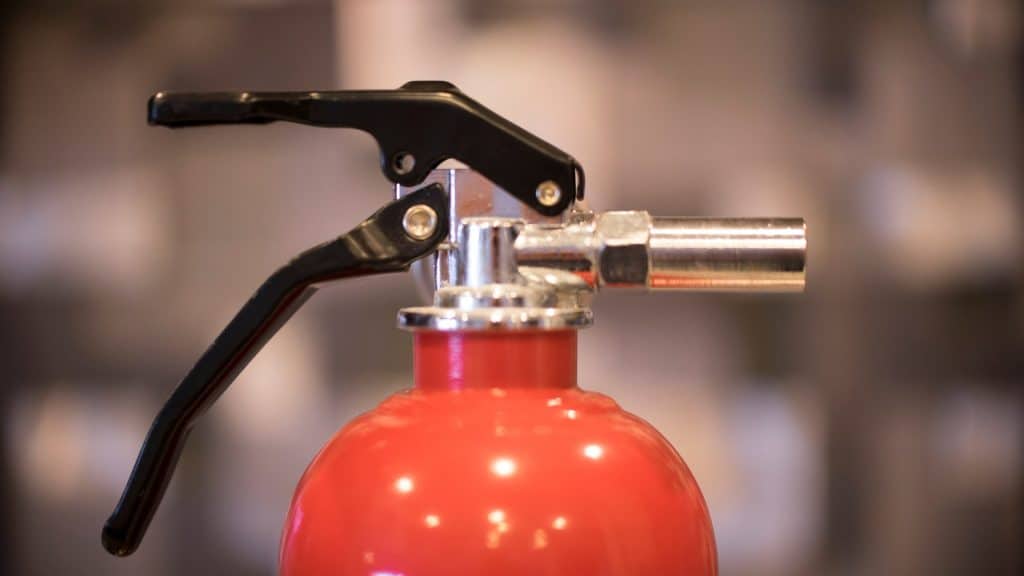MM Chapter 03: Sanitation Hygiene and Safety
Lesson 3-3: Standard Precautions
Open to access this content
Lesson 3-3: Standard Precautions Read More »
Lesson 3-2: Preventing the Transmission of Disease
Open to access this content
Lesson 3-2: Preventing the Transmission of Disease Read More »




